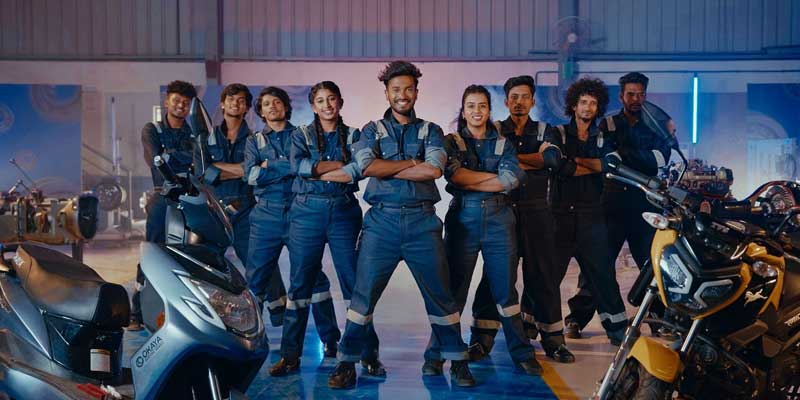Schedule a Call Back
India can save Rs 3 trn by developing indigenous gas turbine engines
 Industry News
Industry News- Sep 09,22
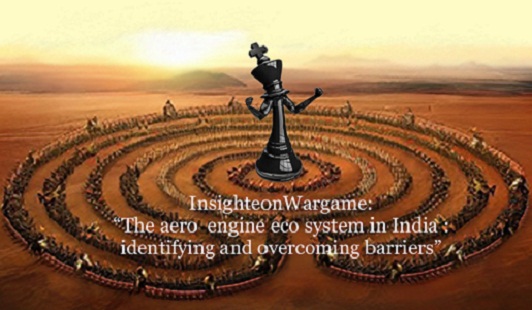
Related Stories
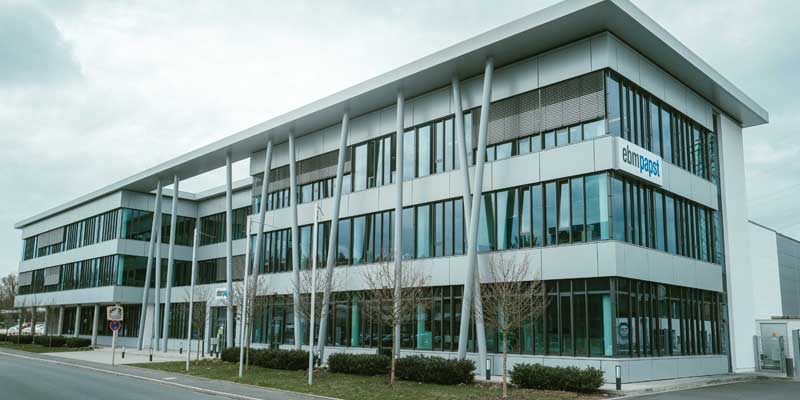
Impact of Siemens’ new acquisition on industrial drive market
Siemens’ acquisition of ebm-papst’s industrial drive technology (IDT) business opens up wider global market access for these products, leveraging Siemens’ extensive global sales channels, says..
Read more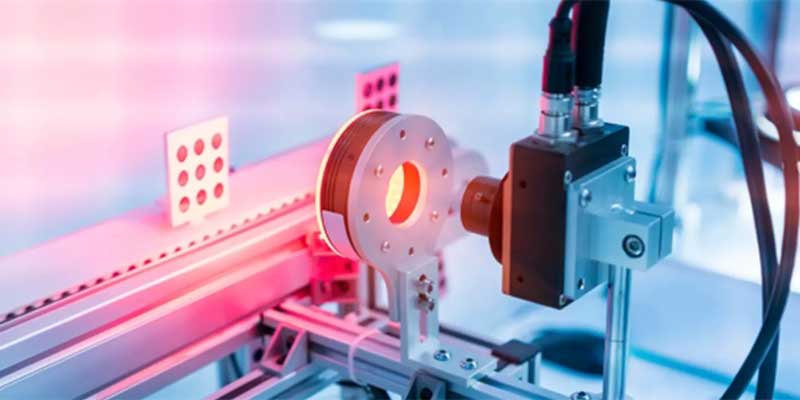
Machine vision players opt for acquisition route for growth
While many new vendors are entering the machine vision market, global corporations are investing in acquiring technology and expertise in each of the machine vision component sectors, says Jonathan ..
Read more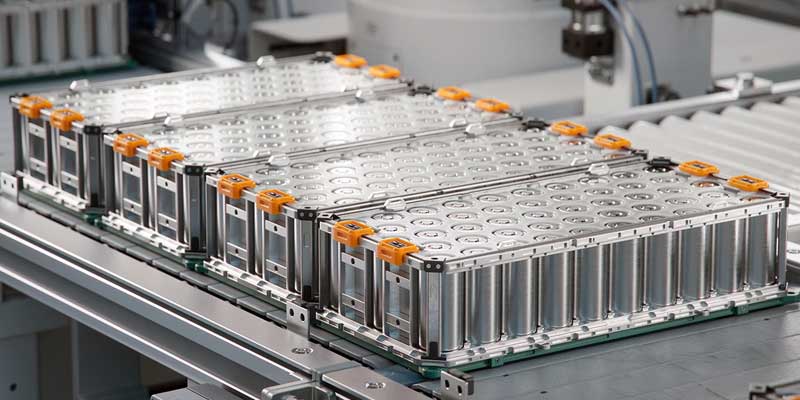
Indian battery market in need of urgent active solutions
Despite active responses from domestic companies and strong interest from overseas manufacturers in the Indian market, issues related to domestic industry protection and the business environment rem..
Read moreRelated Products
Tata Motors unveils facilities for development of Hydrogen propulsion tech
Tata Motors, India?s largest automobile company, unveiled two state-of-the-art & new-age R&D facilities for meeting its mission of offering sustainable mobility solutions. The unveilings constitute of Read more
Tata Motors plans petrol powertrain for Harrier and Safari SUVs
Tata Motors is in the process of developing a new petrol powertrain for its premium sports utility vehicles, the Harrier and Safari, as confirmed by a senior company official. Currently, these models Read more
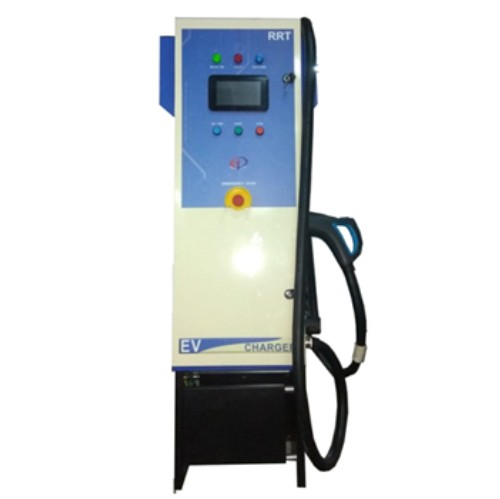
Electric Vehicle Charger
RRT Electro is engaged in manufacturing of customized Power Electronic Products over two decades having capability to Design, Develop, Prototyping, Regulatory Compliance testing & Certification, Manuf Read more






